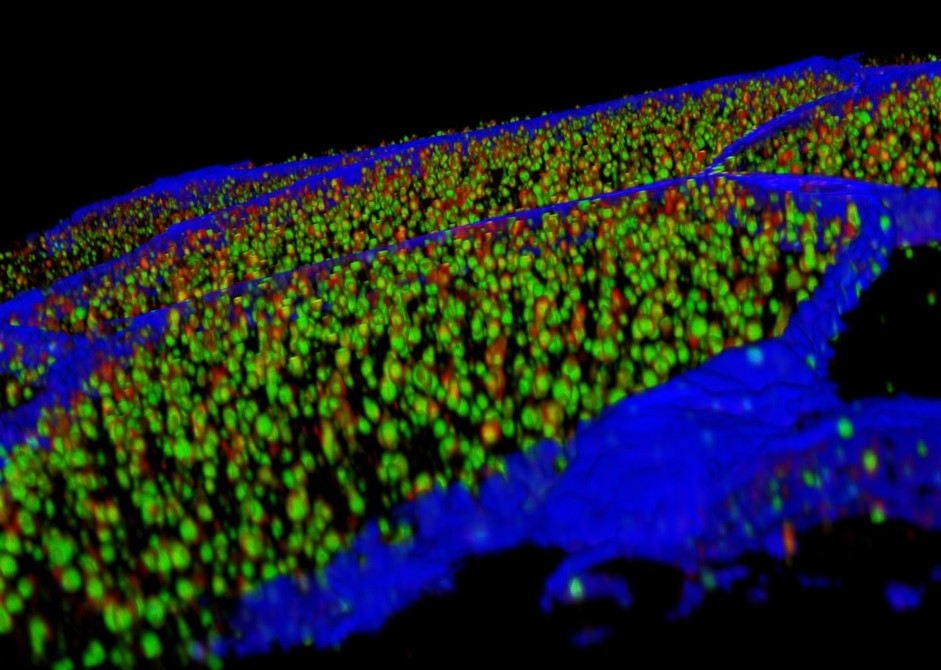Ectopic fat in health and disease: a translational approach to examine the effects of diet and exercise
Matthijs K. C. Hesselink
Department of Human Biology and Human Movement Sciences, Maastricht University Medical Center, Maastricht, The Netherlands
Excess storage of lipid as lipid droplets (LD) in organs like skeletal muscle impedes cellular function. In contrast to original thoughts, deposition of lipid is more than just stalled lipid, but storage of lipid in LDs can be rather dynamic and undergo rapid and transient cycles of degradation and resynthesis, partly depending on substrate supply and demand.
While in the pathophysiological insulin resistant state, insulin sensitivity scales negatively with myocellular fat content; this is apparently not the case in trained athletes, who store substantial levels of fat intramyocellularly whilst maintaining insulin sensitivity. It has been suggested that it is not the amount of fat being stored that impedes insulin sensitivity but that other underlying factors actually determine the observed association. In this presentation I will go deeper into these factors using human models of physiological (prolonged fasting) and pathophysiological (type 2 diabetes) insulin resistance. We have focused particularly on the putative role of the LD coat protein PLIN5 in insulin resistance, taking advantage of conventional and novel tools in microscopy.
Although exercise is a potent way to improve muscle insulin sensitivity, not all individuals respond positively. Recent data from our lab seems to suggest that the dynamics of the LD appears to be a determinant of exercise responsiveness of patients with type 2 diabetes.
Jointly, our data give rise to an emerging view that PLIN5 plays a pivotal role in modulating multiple aspects of myocellular LD storage, which in turn relate to insulin sensitivity.









You must be logged in to post a comment.